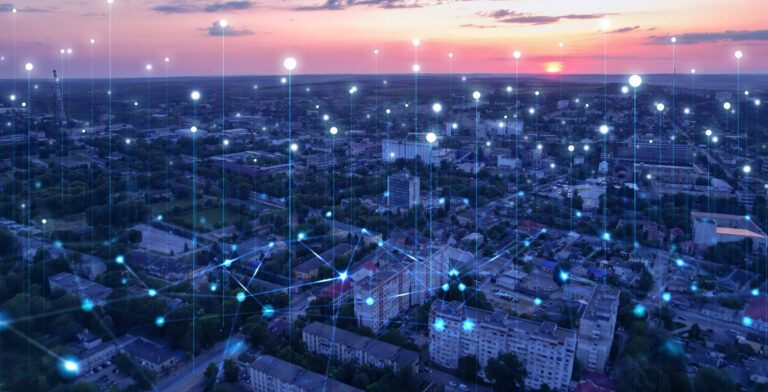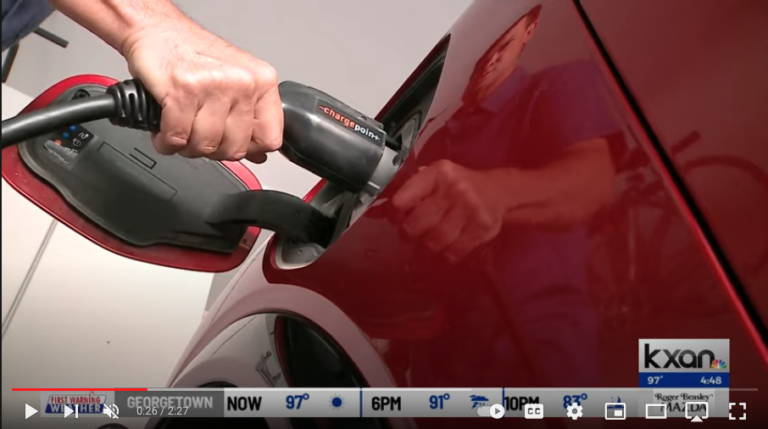March 5, 2015
A great post from our friends Marita Mirzatuny and Kate Zerrenner at EDF.
As we have highlighted before, the U.S. military has taken a commanding lead on climate action. By 2020, the U.S. Navy aims to be 40 percent powered by renewable energy and the Air Force fleet is already certified for alternative fuels. Our armed forces see how added tensions, such as drought or floods, in countries that aren’t able to handle this instability affect supply chains across the globe, creating conditions that enable terrorism and unrest. As the experts clarified at this week’s events, the reality of a globalized world means climate change is a “threat multiplier,” impacting all of our connected systems, including food, water, trade, and security.
As a solution, Lt. Gen. Eickmann pinpointed Austin’s own Pecan Street Inc., which manages the nation’s largest residential energy research network, calling it the “community of the future.” Eickmann cited Pecan Street’s lessons in microgrid functionality and highlighted how, just like Pecan Street’s home base Mueller neighborhood, a military base is a community. The lessons from Pecan Street are applicable to, say, Fort Bliss or Fort Hood. If 21st century challenges require 21st century solutions, then the military can certainly see what the smart grid is doing for American energy and apply it to bases around the world. And Eickmann confirmed: “the [Department of Defense] is watching, the whole world is watching” what is being accomplished right here in Austin.
Check out the rest of their post at EDF’s Texas Clean Air Matters blog.


















